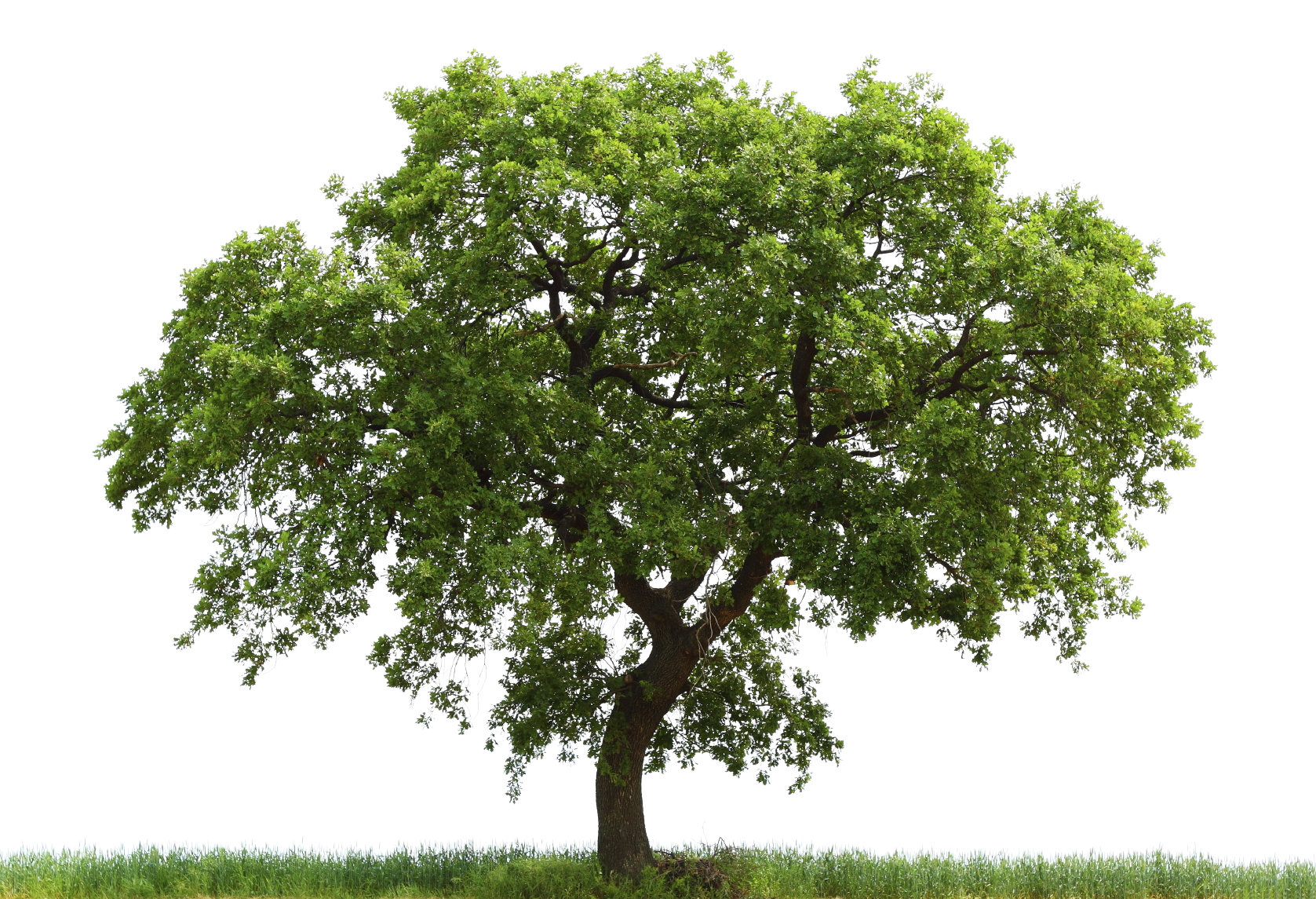Tree Laws a Growing Concern
Every residential block in Queensland is potentially affected by laws that now give us a right to insist our neighbours’ trees never obscure our original views. But what about our right to grow trees in our own backyards, I hear you ask.
Exactly. This is a real can of worms. Your ‘view’ of these laws will depend on whether you are the one whose outlook is being blocked by leafy encroachment, or the one whose much loved tree is facing the chop.
Views on what is valuable
Most of us accept that, if our trees cause a nuisance to neighbours (e.g. overhanging branches), or if they have the potential to cause damage or injury (e.g. roots cracking paths or undermining structures), we can be legally required to remedy the situation.
The Neighbourhood Disputes (Dividng Fences and Trees) Act 2011 places responsibility on a “tree-keeper” to ensure that their neighbour’s property is not affected by their tree in such a way as to cause “substantial, ongoing and unreasonable interferences with the use and enjoyment of neighbouring land.” Fine.
But who knew that “interference” might also refer to views and sunlight?
The Queensland Civil and Administrative Tribunal (QCAT) has the power to issue orders under that Act. A decision by QCAT last year, which resulted when some applicants alleged trees growing on a neighbour’s property interfered with their view of the city, launched us into brand new territory.
According to Peter Cartner of Carter Capner Law, although the NDDFT Act only came into force in November 2011, the QCAT ruling means residential property owners whose view or sunlight is substantially affected by vegetation on neighbouring land can require the obstructing trees be pruned or removed to preserve the view that existed whenever the neighbour “took possession” of their home, even if that date was decades ago.
The right to a view depends on occupation longevity. You only have a right to the a view that existed when you took up residence. But buyers inherit tree obligations. Even though the trees now obstructing a neighbours view may have been planted decades ago by an owner three or four sales back, the current owner can be required to trim or remove them.
I don’t know what to make of this. Imagine you buy a new house because of the wonderful character added by a sprawling 25-year-old poinciana.. Then your neighbor, who has lived there for 30 years, suddenly makes you to chop it down to restore the tree-free outlook to the city they had when they first moved in.
On the flip side, put yourself in the shoes of someone thinking selling. The house would be worth a lot more if it weren’t for that pesky tree next door blocking the view to the city or river. If a relatively inexpensive six or nine-month process through QCAT would add tens of thousands of dollars to your sale price, would you consider it? I suspect so.
I can’t help thinking, though, this is bureaucracy gone mad. When and why did the State Government become so preoccupied with resolving tree disputes between neighbours? But they did. And as awareness of the situation grows, litigation will snowball.
You will probably find real estate agents advising clients to get their neighbours’ trees chopped down. As if we need to fuel neighbourhood feuds!
The world doesn’t stand still. Views change, develop and evolve as our surroundings change and grow. There was a time when City Hall was the tallest building in Brisbane. Would we expect that should still be the case today? And why is a tree growing next door any different to a block of units being built there?
Don’t forget, in trying to increase one person’s property value by restoring a view, you might jeopardise everyone else’s by removing it. Some of Brisbane’s most desirable suburbs are its leafiest – where majestic Moreton Bay figs and sprawling jacarandas have been allowed to flourish. What if law-makers decades ago had banished these beauties as soon as their young shoots peaked above suburban fence lines?
I’m often disappointed when buyers are drawn to a street like Laurel Avenue because of the charm created by its historic homes. Then they set about destroying that charm by knocking down an old Queensland and replacing it with a big out-of-character modern box, thus downgrading the atmosphere for everyone else.
Those who will seek to chop down mature trees run the risk of doing similar.
Fortunately though, QCAT does have to take many things into account when making a decision. The view must be judged ‘significant’, not just an outlook to sky or surrounding houses. And those making applications will need to have substantial evidence of their previous view, including photos, arborist reports and so on.
QCAT will also take into account all the other values attached to mature trees – historical, landscape and scenic merits, environmental and habitat values, impact on soil stability, and so on.
This is just a layman’s view of what is a very complex legal area. So make sure you get professional advice. But I would urge anyone considering taking action under the Act, to think first about what is really valuable.



